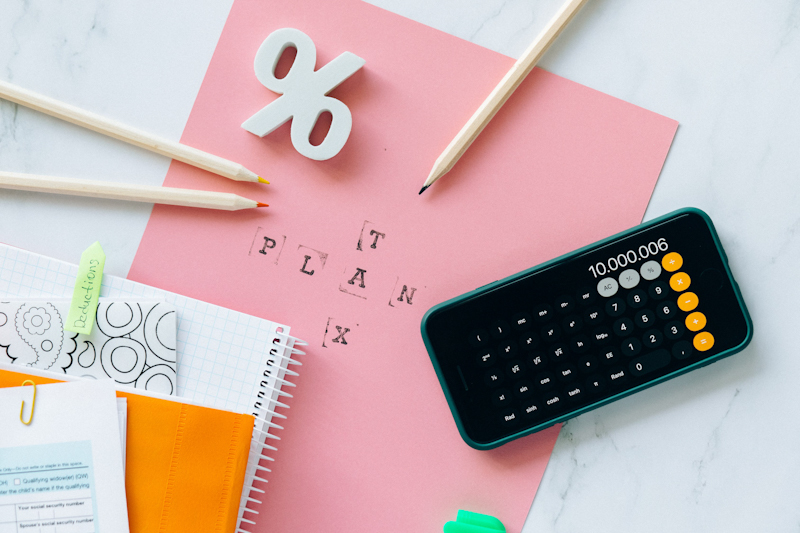More often than not, we have all fallen victim to short bursts of spend-happy periods where we blow our paycheck all at once. Though it may feel fun to let your mind take a break and spend as you wish, it isn’t the best thing for your wallet, the morning after. No one enjoys living paycheck to paycheck, and if someone told you there was a way to make your money last for longer, wouldn’t you jump at the chance?
Well, there is and it is a simple word, budgeting…
In a simplified way, budgeting is the act of tracking your finances so you don’t spend too much or too little. Unlike what you might believe, budgeting isn’t all about restricting what you spend money on and cutting out all the fun in your life. It’s really about understanding how much money you have, where it goes and then planning how to allocate those funds best.
The thought of accounting for every bit of money you touch can be intimidating, but let’s be honest; if we could all have an unlimited amount of money, budgeting would probably be much easier for most of us. However, since only a small percentage of the population has that much money, budgeting is pretty much a necessity for everyone since it lays the foundation of every financial plan.
Although most people must have a budgeting system, not all budgeting methods are cut and dry, one size fits all type of strategy. In reality, nothing could be farther from the truth. When it comes to how to actually make a budget, you have to find the personal budgeting technique that works for YOU!
Below are some of the most popular budgeting methods used.
-
The 50/30/20 Technique
The 50/30/20 budget is a simplified plan in which you break down your expenses into three categories: needs, wants, and savings.
50% of your take-home pay should go towards needs. This means half of your income goes to the things you absolutely have to pay including housing, food, utilities and transport. 30% should be devoted to wants: that is personal expenses like dining out, gym memberships, vacations, and other things that are not a necessity to life. 20% should get put into savings because you never know what curve balls life will throw at you. You should make a conscious decision to put the 20% of your income into a savings account earning you a bit of return but is liquid enough like a money market fund.
2. Pay yourself first technique
Under this strategy, you simply first put the focus on your savings, and then freely spend the rest. That’s because you put money away at the beginning of the month before you have a chance to spend it on anything. It requires you to figure out the difference between your income and expenses upfront, but after that, it’s smooth sailing until you need to change it up.
A good rule of thumb to follow is saving at least 5% – 20% of your income before expenditure. To make it easier, have an automatic method of deducting the savings before you spend since once you have surplus money, you will always spend it, somehow.
3. Snowball Budget
This budgeting technique is good for those struggling with debt who want a way to create a payment system. Begin by calculating the overall amount you owe on all your debts. Once you have that figure, decide how much income you’ll use to make monthly payments to chip away at that debt. After your simple budget has been made, begin applying that income toward paying the debt down each month, beginning with the smallest debt to the largest one.
4. Reverse Budgeting
This budgeting method consists of only one thing: savings goals. To use this technique, instead of setting up categories to analyze spending, create aggressive savings goals. As long as you contribute to the goals you’ve set, the rest is a grey area. This type of budgeting is only focused on one thing, which is hitting savings targets. It is also called a zero-sum technique.
5. The Envelope System
The envelope system is intrinsically simple. To begin, add up all of your fixed and variable expenses, including rent, utilities, groceries, etc. Subtract this from your income, and put each expense into its own envelope. Label each envelope with its total cost and name, and when you receive each paycheck, set aside the amount in cash for each envelope.
This is a basic way of making sure you have the assets you need for all your expenses as well as a way to only use cash for the month. The rest is yours to have, whether it be for spending or saving.
If you tend to use M-Pesa payments a lot or swipe your card, this method will help you in not only reducing the transactional costs associated with M-Pesa but also to see physically see how much money you have and how much it’s being spent. When the allocated amount for a certain category is gone, you simply stop spending until the next allocation. This method is also called a cash-only method.
Conclusion:
Remember that you can modify any of these methods to suit your needs. Don’t cubbyhole your finances into something that won’t work. Your budget should be flexible and forgiving.
This article was written by Rose Ellah Ngari, Chief Executive Officer at Vasili Africa. Get in touch with Rose for free investment advice via info (at) vasiliafrica.com




